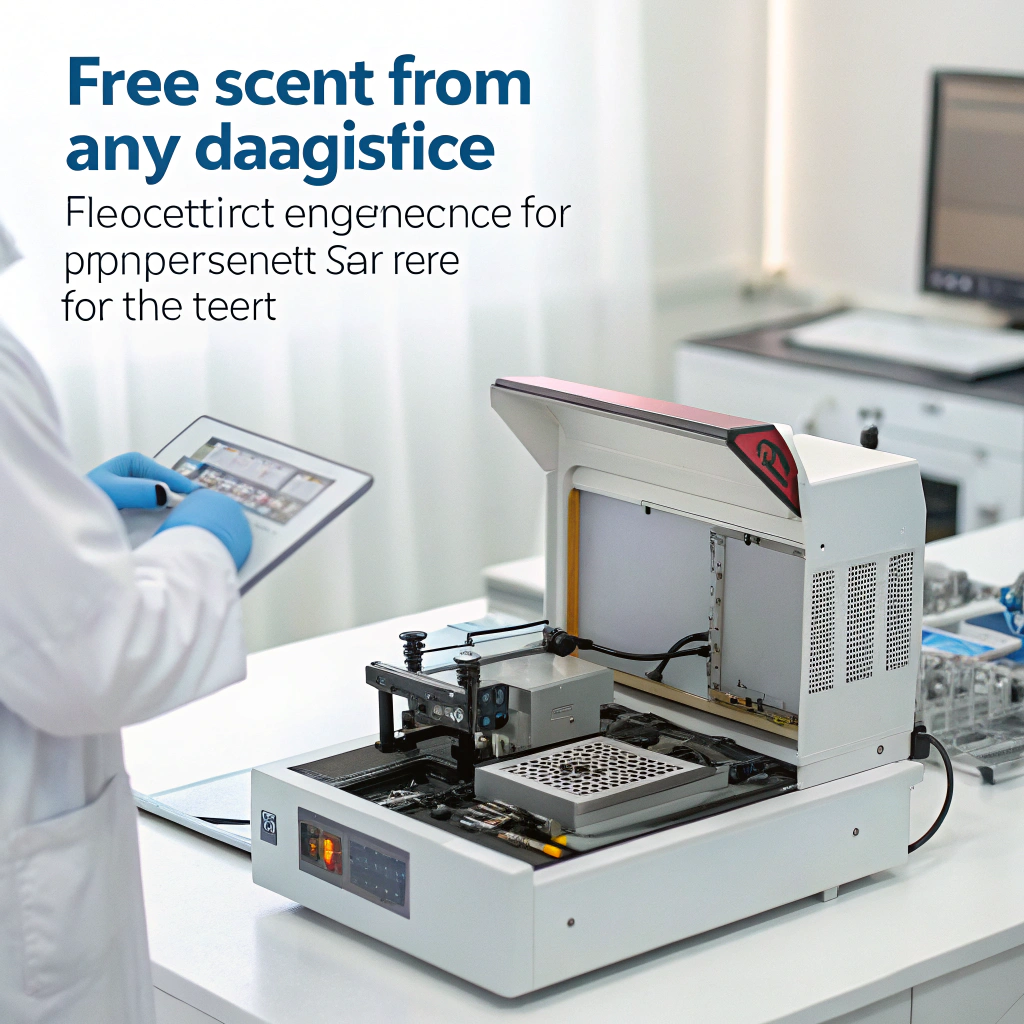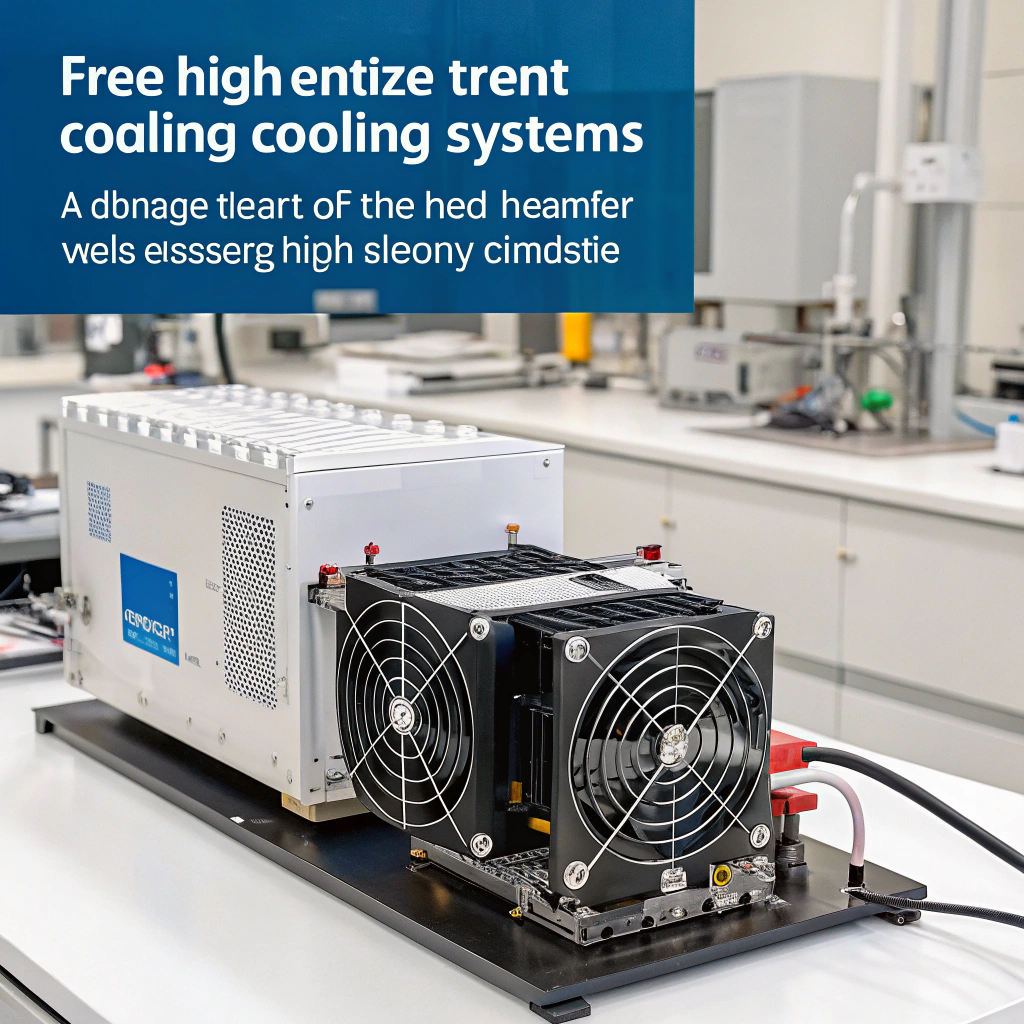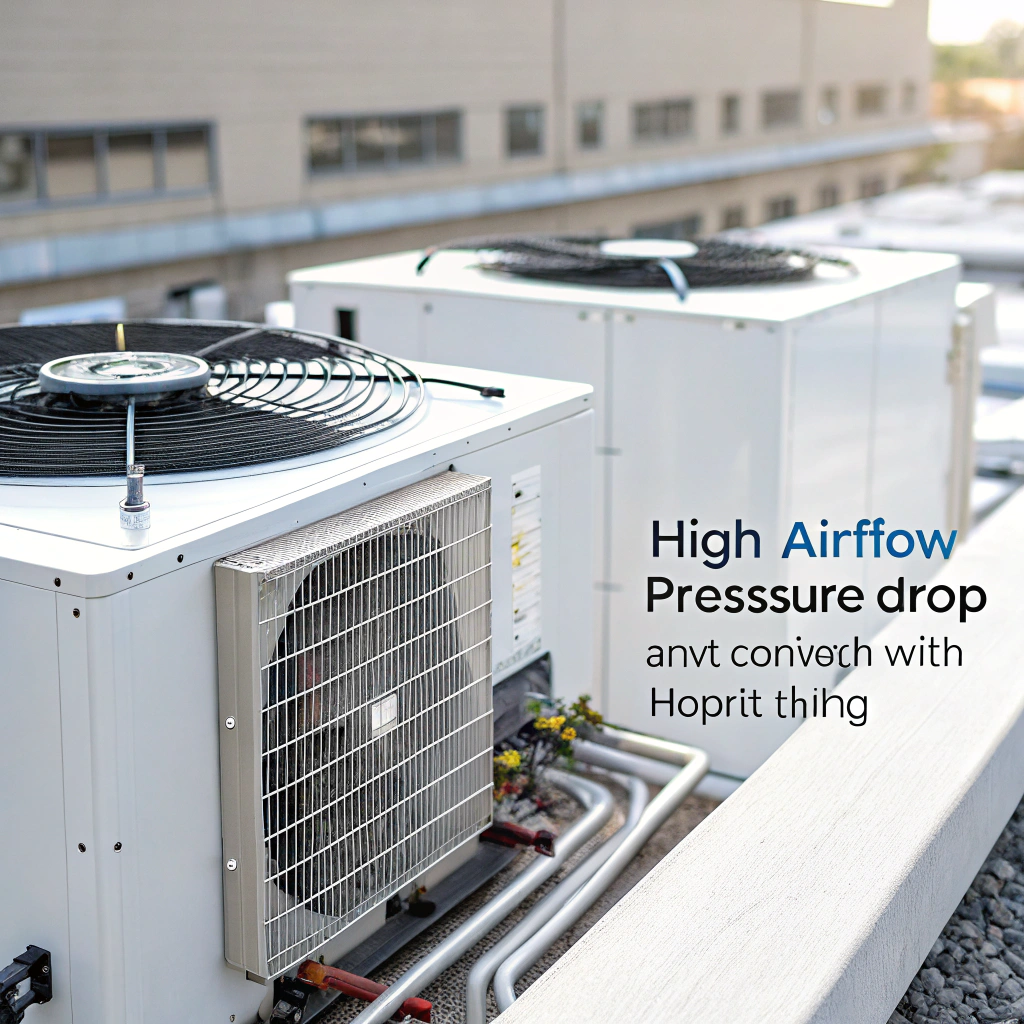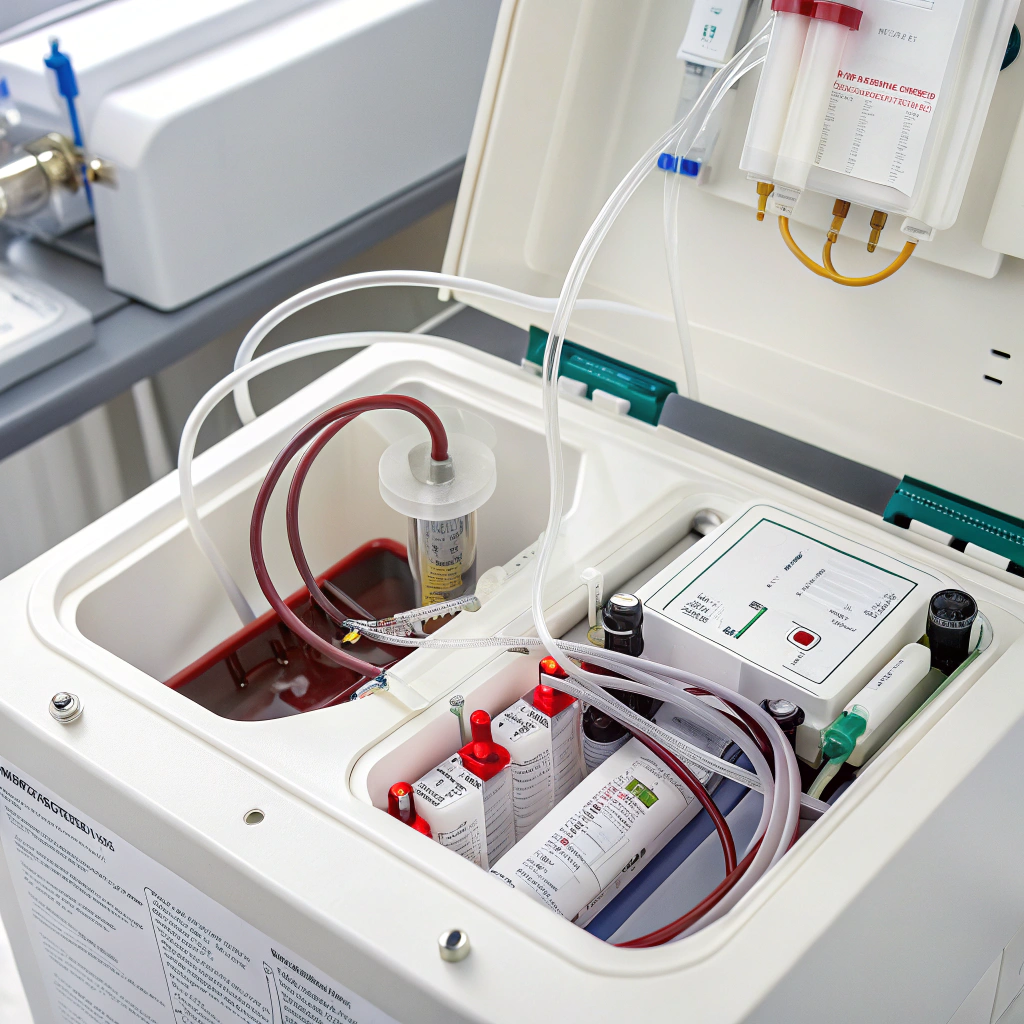Как да изберете решение за охлаждане на медицинското оборудване?
Водещ параграф:
You know how overheating can wreck delicate diagnostic devices fast. The stakes are high in medical settings.
To choose a cooling solution, you must balance heat load, reliability, size, and safety. This guide shows you how.
In what follows, I walk you through cooling methods, comparisons, standards, and how temperature control influences lifespan and accuracy.
What Cooling Methods Work Best for Diagnostic Machines?
Водещ параграф:
Imagine a scanner heating up mid‑scan and spoiling results. That risk keeps engineers awake at night.
Diagnostic machines often use forced air cooling, liquid cooling, or hybrid methods to manage heat while preserving performance and safety.
Dive deeper paragraph:
Diagnostic machines—MRI, CT, ultrasound, blood analyzers—have distinct thermal challenges. They often include power electronics, sensors, amplifiers, and sometimes magnets or lasers. All of those generate heat that must be removed reliably without vibration, interference, or contamination.
Here are common cooling methods and how they work in medical diagnostics:
1. Forced Air Cooling
This is the simplest and most common method. A fan draws ambient air through heat sinks or fins attached to heat‑generating components. The air picks up heat and is expelled.
Предимства:
- Low cost
- Easy to implement and maintain
- No fluid leakage risk
- Widely understood design
Disadvantages:
- Limited cooling capacity (depends on air flow)
- Noise and vibration
- Dust ingress or contamination
- Less efficient at higher heat fluxes
In diagnostic machines with moderate heat loads (tens to hundreds of watts), forced air often suffices.
2. Liquid Cooling
Here, a coolant (usually water, dielectric fluid, or glycol mixtures) circulates through tubing and cold plates that contact hot components. The liquid transports heat to a radiator or heat exchanger, often cooled by fans.
Предимства:
- Higher heat removal per unit volume
- More uniform temperature control
- Quieter for the same cooling power
- Can handle concentrated heat sources
Disadvantages:
- More complex plumbing
- Potential for leaks or corrosion
- Requires pump, tubing, and possibly maintenance
- Needs fluid purity control
Liquid cooling is often chosen for high-power diagnostic modules (e.g. laser systems, X‑ray tubes, high‑performance electronics).
3. Thermoelectric (Peltier) Cooling
In some precision subsystems, thermoelectric modules can actively cool a small component by pumping heat from one side to the other when current flows.
Предимства:
- Прецизен контрол на температурата
- Compact
- Can maintain sub‑ambient temperature
Disadvantages:
- Lower efficiency
- Heat on the hot side still must be removed (often via air or liquid)
- Power consumption
These are used in small sensor modules or detectors but rarely for whole systems.
4. Phase Change / Vapor Cooling
This includes heat pipes or vapor chambers, or even refrigeration loops (mini chillers) for extreme cooling needs.
- Heat pipes / vapor chambers: Passive two‐phase devices that move heat via vaporization and condensation. They are often integrated inside modules to spread heat to cooler regions.
- Mini chillers / refrigeration: A closed refrigeration loop with compressor, evaporator, condenser. Used when parts must be cooled below ambient or handle very high heat flux.
Предимства:
- Efficient heat transfer
- Can produce cooling below ambient
- Very effective in high-heat-density zones
Disadvantages:
- Complex, expensive
- Requires maintenance
- May involve refrigerants, which have safety, environmental, and regulatory implications
5. Hybrid Approaches
Some systems combine methods, e.g. liquid cooling plus heat pipes, or liquid cooling for hot components and air cooling for less demanding subsystems. This can optimize cost vs performance.
How Do You Compare Air vs Liquid Cooling for Medical Devices?
Водещ параграф:
You face a key trade: simplicity vs performance. Choosing poorly can affect device reliability or push costs too high.
Liquid cooling generally offers greater thermal capacity and stability in compact space, while air cooling is simpler, safer, and easier to maintain.
Dive deeper paragraph:
When comparing air and liquid cooling for medical devices, you should examine multiple performance, safety, reliability, and cost dimensions. I break them down here to help you make informed design decisions.
Performance & Cooling Capacity
Liquid cooling excels at higher heat fluxes: it can remove more heat with lower temperature rise between component and coolant. In compact spaces, liquid cooling can outperform air because the fluid carries heat more efficiently.
Air cooling, due to the lower heat capacity and conductivity of air, is limited for high-density components and high-power modules. If you have large heat sources (like power amplifiers, lasers, or magnets) in tight enclosures, air cooling may not suffice.
Temperature Uniformity and Stability
Liquid systems tend to provide more uniform temperature distribution. Uneven air flow may lead to hot spots, which can degrade sensors or distort measurements. Temperature stability is also better with well‑controlled liquid loops.
Space, Weight, and Packaging
Air cooling requires space for fans, ducts, and airflow paths. This can increase enclosure size or constrain layout flexibility. Liquid cooling needs pumps, tubing, and heat exchangers, which add complexity and potential weight. But for the same cooling, a liquid system might take less overall volume if well designed.
Noise, Vibration, and Acoustic Environment
Fans introduce noise and vibration, which may interfere with sensitive instruments or patient comfort in a medical environment. Liquid cooling can be quieter at the same thermal load, though the pump and fluid flow might introduce vibration if not properly damped.
Reliability and Maintenance
Air systems have fewer parts, so fewer failure modes (fans can fail, bearings degrade). Liquid systems add pumps, seals, fluid integrity, potential leaks, corrosion, and maintenance of coolant quality (e.g., preventing biological growth or contamination). In medical environments, serviceability and fail‐safe behavior are critical.
Safety and Failure Modes
Liquid systems risk leaks, contamination, electrical hazards if fluids reach electronics, or damage to patient areas. Medical devices must tolerate failures gracefully. Air systems have lower fluid risk but may suffer from dust, clogging, or fan failure.
Efficiency and Power Consumption
Pumping fluid consumes power, and pumps have their own inefficiencies. But once in high loads, liquid systems may require less fan power overall to move the same heat. Air cooling is efficient for moderate heat, but its inefficiency grows steeply at higher loads (you need high airflow and high pressure drop).
Cost and Complexity
Air cooling is cheaper initially and simpler to design. Liquid cooling has higher upfront cost, stricter component selection, more controls, and more testing. But in high-performance machines the performance benefits may justify the cost.
Trade-off Table
| Метричен | Охлаждане на въздуха | Охлаждане с течност |
|---|---|---|
| Peak heat removal capacity | Умерен | Висока |
| Temperature uniformity | Less uniform, risk of hot spots | More uniform |
| Noise & vibration | Fan noise & vibration | Quieter (if pump noise managed) |
| Safety risk (leaks, fluid) | Нисък | Medium to higher (leaks, contamination) |
| Maintenance & service | Simpler, lower maintenance | Higher maintenance (fluid, pump, seals) |
| Packaging & layout flexibility | Needs airflow paths | Requires tubing, pump, exchanger |
| Cost & design complexity | Lower cost, easier design | Higher cost, more complexity |
What Safety Standards Apply to Medical Cooling Systems?
Водещ параграф:
You can’t just pick a fan or pump—you must follow strict medical device safety and compliance rules.
Medical cooling systems must comply with standards like IEC 60601 (electrical safety), ISO 14971 (risk management), and relevant EMC, biocompatibility, and cleanroom or sterility rules.
Dive deeper paragraph:
Medical devices face regulatory scrutiny. Cooling systems are part of the device, so they must conform to medical device standards, safety norms, and risk management requirements. Let me break down the major regulations and design implications.
IEC 60601 — Medical Electrical Equipment Safety
IEC 60601 (and regional variants such as UL 60601 in the U.S.) is the baseline standard for medical electrical equipment. It covers:
- Electrical safety (isolation, leakage currents)
- Protection against hazards (overheating, fire)
- Normal and single-fault conditions
Your cooling system must not compromise patient or operator safety. For example:
- No undue current leakage even if coolant contacts electronics
- Fail-safe behavior — e.g., if a fan or pump fails, the system should alert or shut down rather than allow uncontrolled heating
- Thermal monitoring and overtemperature protection
ISO 14971 — Risk Management for Medical Devices
This standard guides how to identify, evaluate, and mitigate risks. For cooling systems, risk sources include leaks, contamination, pump failures, electrical hazards due to conductive fluids, sterility breaches, etc. You must design mitigation (e.g. redundant sensors, leak detection, fluid drains, alarms).
EMC / EMI Standards
Cooling systems must not interfere with medical electronics. Fans, motors, and pumps generate electromagnetic noise. You must ensure compliance with standards like IEC 60601‑1‑2 (electromagnetic compatibility). Filtering, shielding, careful layout, and decoupling may be required.
Biocompatibility, Sterility, and Clean Room
If coolant or cooling surfaces contact parts that see samples, reagents, or patient-facing components, the materials must be biocompatible or sterile. For example, fluid loops inside a blood analyzer must avoid introducing contamination. Use materials approved for medical contact, and ensure processes (sterilization, cleaning) are safe.
Pressure Vessel, Fluid Safety, and Chemical Standards
If using fluids under pressure, tubing and components must meet pressure vessel regulations (e.g., ISO 13485, relevant regional standards). Fluid chemistry must be stable, non-reactive, non-toxic. Material compatibility, corrosion resistance, and containment must be addressed.
Environmental and Emissions Standards
Some regions restrict use of certain refrigerants (due to global warming potential or ozone). If you use refrigerants or sealed loops, ensure compliance with environmental regulations. Also consider recovery or secondary containment.
Validation and Verification
You must validate cooling performance (heat removal, temperature stability), reliability (MTBF, failure modes), and safety limits (overtemp shutdown) as part of the device qualification. Document test results, failover behavior, and compliance with applicable standards.
Summary of Relevant Standards
| Standard / Area | Key Focus | Implication for Cooling System |
|---|---|---|
| IEC 60601 | Electrical & thermal safety | Insulation, fault protection, overtemp alarm |
| IEC 60601‑1‑2 (EMC) | Electromagnetic compatibility | Noise suppression, shielding for motors/fans |
| ISO 14971 | Risk management | Hazard analysis for leaks, pump failures, etc. |
| ISO 13485 / QMS | Quality management for medical devices | Documented design control, traceability |
| Biocompatibility / Sterility norms | Contact with biological fluids | Use safe materials, ensure sterility |
| Environmental / Refrigerant rules | Use of cooling fluids or refrigerants | Compliance with chemical / environmental laws |
| Regional / National medical device rules | e.g., FDA (US, CFR 820), MDR (EU) | Cooling must be part of regulatory filings |
Meeting these standards is not optional in regulated markets. Cooling cannot be an afterthought.
How Does Cooling Affect Device Lifespan and Accuracy?
Водещ параграф:
Poor cooling does more than overheat parts—it can shorten life, drift calibrations, or kill circuits silently over time.
Effective thermal control improves component life, reduces drift, and keeps measurement accuracy stable over the device’s lifetime.
Dive deeper paragraph:
Temperature control is not merely about preventing failure. In medical diagnostic equipment, the accuracy, stability, and repeatability of readings are intimately linked to thermal behavior. I’ll explain how cooling—or lack thereof—affects lifespan and accuracy, and what design practices help mitigate negative effects.
Thermal Stress and Component Aging
Electronic components, solder joints, capacitors, and connectors degrade faster at elevated temperatures. The Arrhenius equation tells us that for many materials, the reaction rate (i.e. degradation) roughly doubles for every 10 °C rise. Consistently running hot shortens the useful life of components.
Also, thermal cycling (heating up and cooling down) induces fatigue in solder joints and mechanical interfaces. Over time, this can lead to microcracks, degraded contacts, and ultimately failure. A well‑designed cooling system reduces temperature swings and maintains moderate operating temperatures.
Drift and Measurement Accuracy
Sensors, amplifiers, and analog circuits drift with temperature. Even slight temperature changes may alter offsets, gains, and response curves. In medical diagnostics, where precision is essential, that drift introduces error or requires frequent recalibration.
Better cooling means more stable temperature, which reduces drift. Also, by avoiding localized hot spots or gradients, you prevent spatial errors (parts of a sensor may see different temps).
Calibration Stability and Recalibration Frequency
Because drift is reduced, the interval between recalibrations can be extended. That reduces maintenance downtime and cost. If cooling is poor, you may need frequent recalibrations to correct for temperature-dependent error.
Condensation and Moisture Effects
In some systems, cooling below ambient may cause condensation, which damages electronics or introduces corrosion. That risk must be managed via dew point control, sealing, moisture sensors, or humidity control. If condensation forms, it may degrade insulation or cause leakage paths.
Mechanical Stability & Thermal Expansion
Uneven heating or gradients cause material expansion and stress. Optical paths, mechanical alignments, or sensor positions may shift with temperature differences. That introduces misalignment, focus drift, or measurement error. A robust cooling approach maintains uniform temperatures to reduce differential expansion.
Redundancy and Fail‑Safe Behavior
If cooling fails, the system should degrade gracefully rather than catastrophically. For example, a medical imaging device might reduce output, pause operation, or alert operators before damage occurs. Protective design (e.g., thermal cutoffs) helps safeguard device life.
Long-Term Reliability & MTBF
Better cooling supports higher Mean Time Between Failures (MTBF). Components operate within safer margins. Lower stress means fewer latent faults. This supports medical device longevity and reliability, which are critical in clinical use.
Practical Recommendations for Device Designers
- Design cooling so component junction temperatures remain comfortably below maximum ratings (ideally with margin).
- Limit temperature gradients across modules—use heat-spreading, thermal interface materials, heat pipes, or liquid cooling to even out temps.
- Monitor temperatures in critical zones (sensors, power modules) and incorporate alarms or shutdown logic.
- Use materials with matched coefficients of thermal expansion where possible to limit mechanical stress.
- Choose fans, pumps, and cooling paths that allow redundancy or graceful degradation.
- Validate the cooling system with long-duration stress tests (thermal cycling, burn-in) and monitor drift across cycles.
- Include filters or dust control to maintain airflow performance in air systems.
Заключение
Choosing the right cooling solution for medical equipment stretches beyond simple heat removal. You must match cooling method to thermal load, balance safety and complexity, meet medical standards, and design for accuracy and longevity. Proper cooling not only protects your device — it helps it deliver reliable, long-lasting performance in every clinical use.




![[Product Name or Brief Description] Product image featuring [describe product/features]](https://sinoextrud.com/wp-content/uploads/product-image-featuring-describe-productfeatures.webp)



